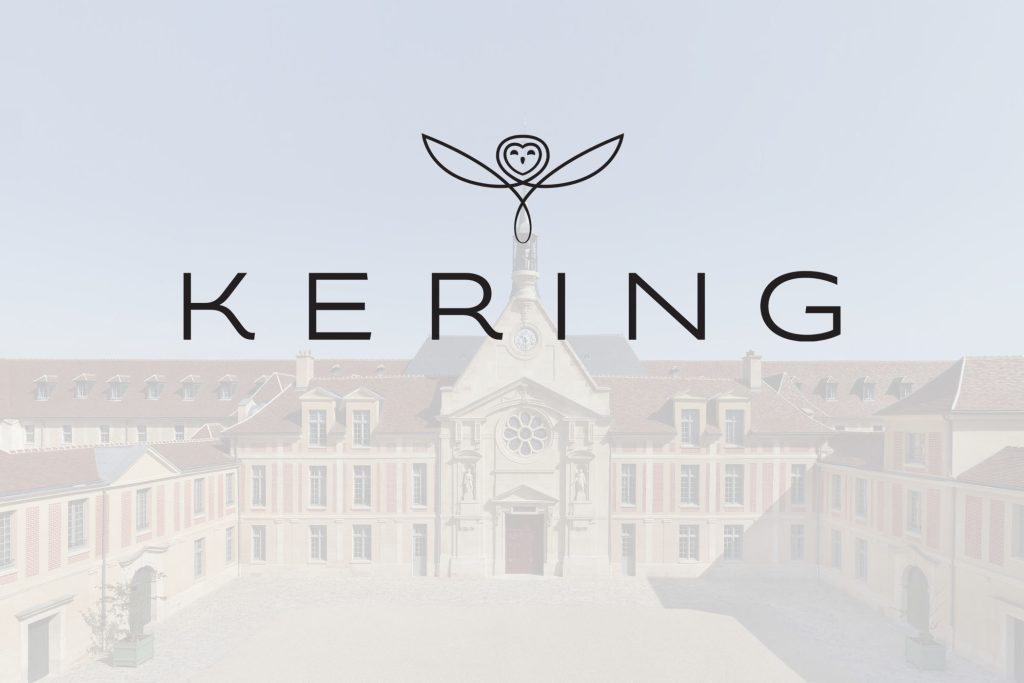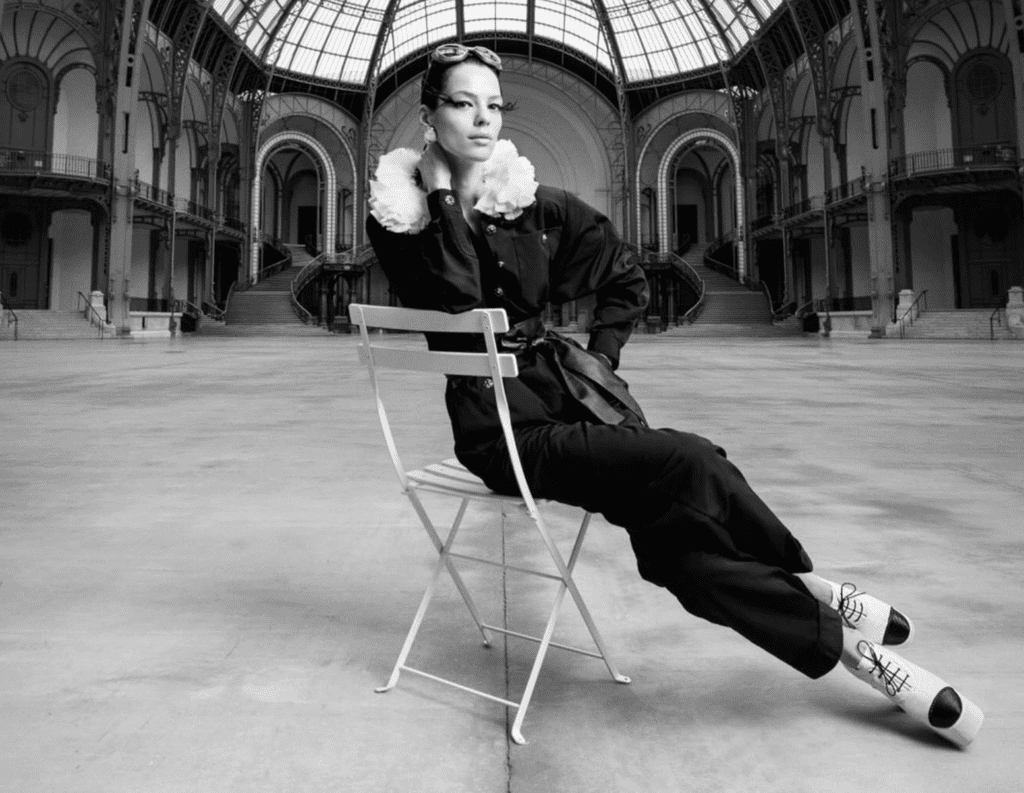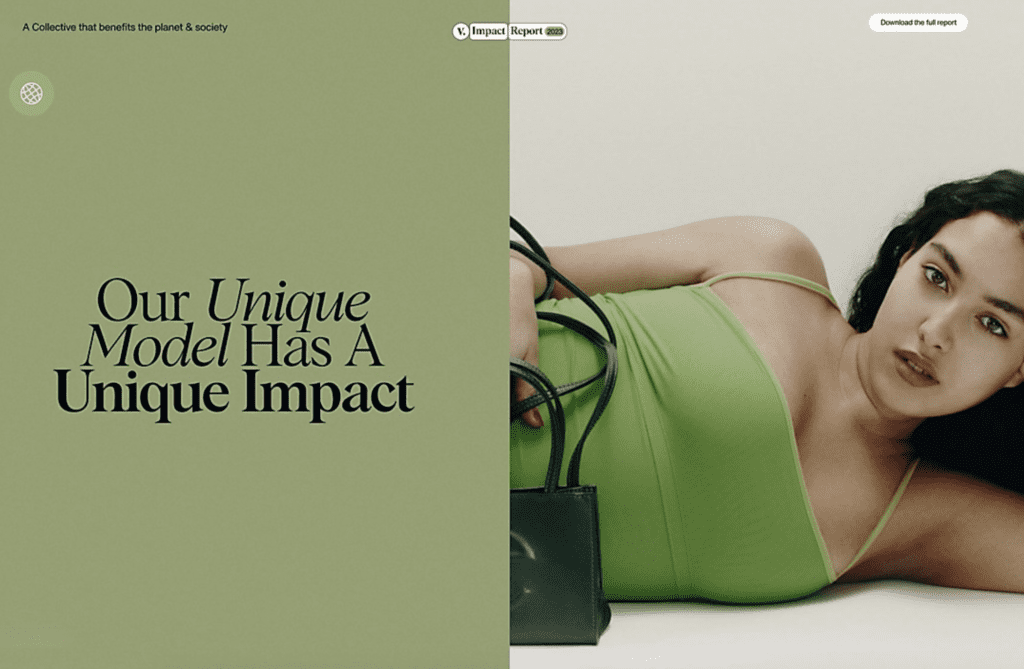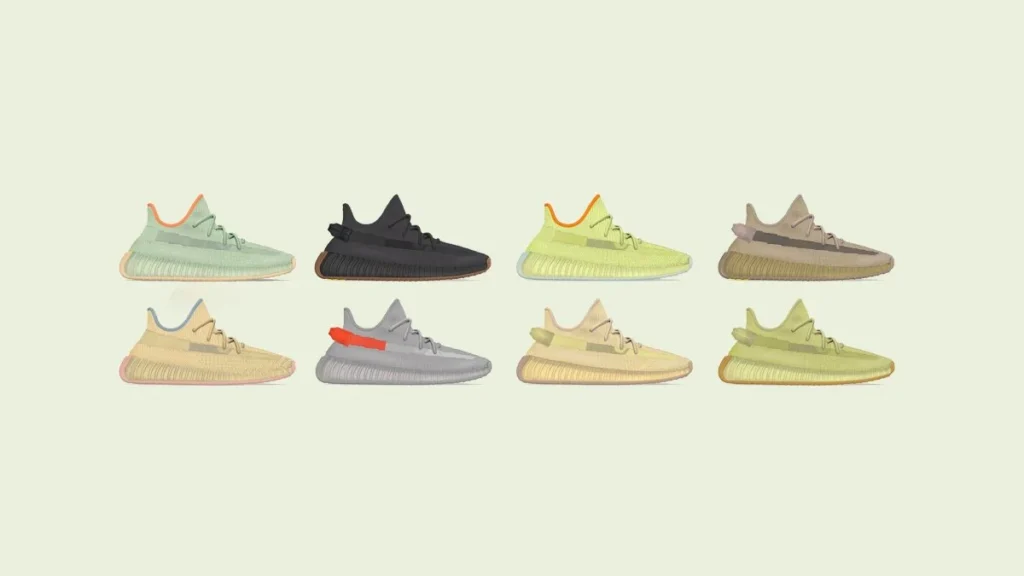In the early 1960s, a 27-year-old Frenchman named Francois Pinault started his first business, a small timber company called Les Etablissements Francois Pinault. Given that Pinault left school at age 16 to begin working in his family’s timber business, the nature of his first solo venture made sense. Within a decade, the Cote d’Armor-born Pinault had set his eyes on expansion, buying up various “small, undervalued firms around the country to expand his [own] timber outfit,” according to the Guardian. He built a thriving business of his own in the process – the luxury goods group that would become known as Kering.
Pinault’s acquisition endeavors escalated as time went on, as aided by the French government, which “sought to save jobs [in the 1970s] by offering entrepreneurs like Mr. Pinault chances to acquire failing privately owned companies at fire sale prices, often as little as one franc,” the New York Times’ John Tagliabue wrote in 1997. “Pinault gradually amassed a fortune by buying up companies this way, then using government aid to turn them around and sell them at a profit.”
Firmly cemented in the timber business when he set out, over time, Pinault’s targets began to look differently: lumber manufacturers became construction materials providers and paper suppliers. And in the early 1990s, more change came into fruition when Pinault – by way of his company Pinault SA – acquired Au Printemps SA, the French department store chain, and the Pinault-Printemps Group was formed. Two years later, in 1994, the group was renamed (again) to Pinault-Printemps-Redoute, following the merger of La Redoute – a French multi-line retailer specializing in ready to wear apparel – within the group.
But the most significant change to the group’s direction would not come until the late 1990s, ten years after Pinault’s company – then still called Pinault SA – listed on the Paris stock market in 1988, raising capital in order to achieve broader diversification. This would set the company, which is now known as Kering, on a path to becoming one of the largest luxury goods groups in the world, under the direction of Pinault, himself, and then under the watch of his son François-Henri.
Its reign as a luxury powerhouse would begin largely with a single purchase: a Florentine leather goods company named Gucci. From there, the Pinaults, a long way from the elder’s timber trading, distribution and processing days, would swoop in and buy up the likes of Yves Saint Laurent and other fashion houses, such as Balenciaga and Bottega Veneta, thereby, transforming its single fashion offering, Gucci (which, at the time fell under the umbrella of an entity called the Gucci Group), into a multi-brand luxury goods group.
Here is a look at the timeline behind the building of Kering into one of world’s most valuable luxury goods groups …
(Please note: The following is not an exhaustive of the acquisitions and entities that exist in relation to Kering (or what was formerly called PPR or Pinault-Printemps-Redoute), and instead, focuses exclusively on fashion and a few beauty and jewelry-related entities.)
1999: Gucci – In May 1999, Pinault-Printemps-Redoute purchased a controlling 42 percent stake of the Gucci Group for $3 billion following a long and very public battle with luxury rival for the brand. Later in 2003, Kering raised its stake in the Gucci Group to 67.6 percent, and again in 2004 to 99.4 percent. (For a full look at Kering’s quest for the Gucci Group, you can find that here.)
1999: Yves Saint Laurent – The fashion house, founded in 1961 by Yves Saint Laurent and his partner, Pierre Berge, was acquired by the Gucci Group in 1999. The Gucci Group purchased Sanofi Beaute, owner of the Yves Saint Laurent brand, from PPR, which had purchased it 5 years earlier, for about $1 billion.
1999: Sergio Rossi – Gucci Group acquired a 70 percent stake in the Italian footwear brand, before taking full control in 2004. The group ultimately sold off the Sergio Rossi brand to Aston Martin-owner, Investindustrial, in December 2015.
2000: Boucheron – The Gucci Group acquired a 100 percent stake in the French jewelry and watch house Boucheron in 2000 from its Swiss-based owner Schweizerhall Holding AG for about $145 million.
2001: Bottega Veneta – In February 2001, the Gucci Group acquired a 66.7 percent stake in Bottega Veneta and in July 2001, acquired an additional 11.8 percent in the Italian luxury goods and fashion house, raising its interest in the company to 78.5 percent.
This is a short excerpt from a case study that is published exclusively for TFL Enterprise subscribers. For access to our up-to-date Kering M&A tracker, inquire today about how to sign up for an Enterprise subscription.











